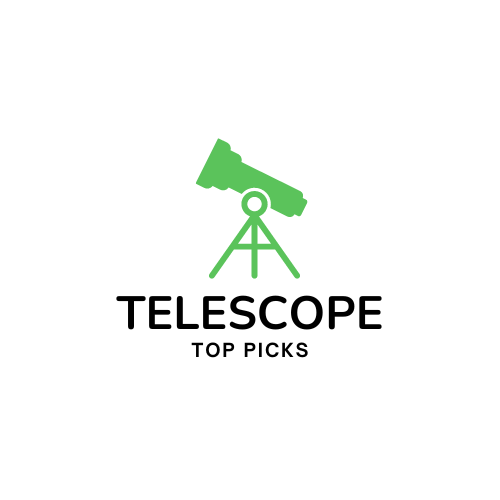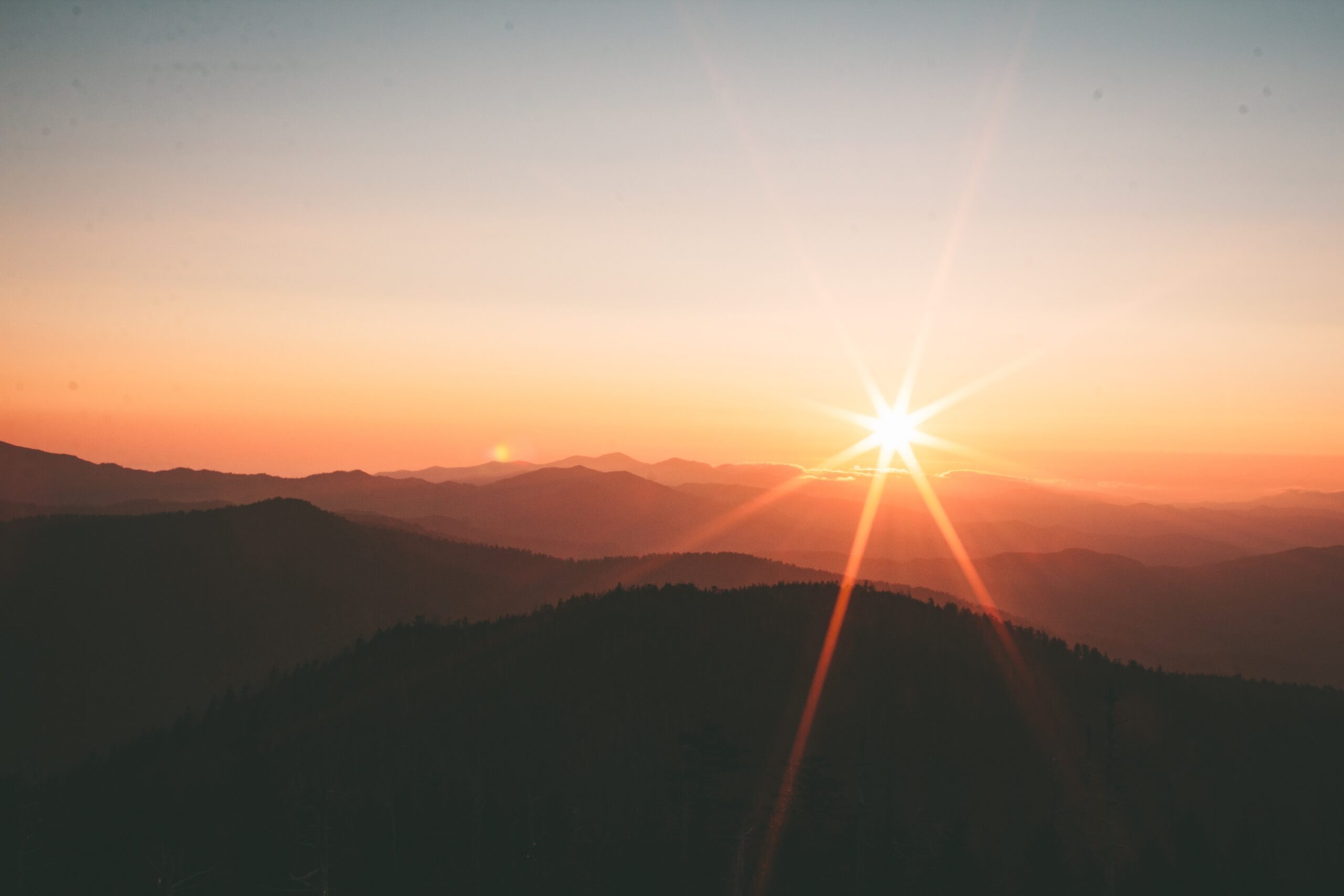
In this article, you will discover essential tips and precautions to safeguard your eyes when observing the sun. With the summer season and solar phenomena like solar eclipses, it’s important to understand the potential harm staring at the sun can cause to your eyes. By implementing simple strategies that experts recommend, you can enjoy the beauty of our closest star while ensuring the long-term health and safety of your eyes. Let’s explore the best ways to protect your eyes when observing the sun!
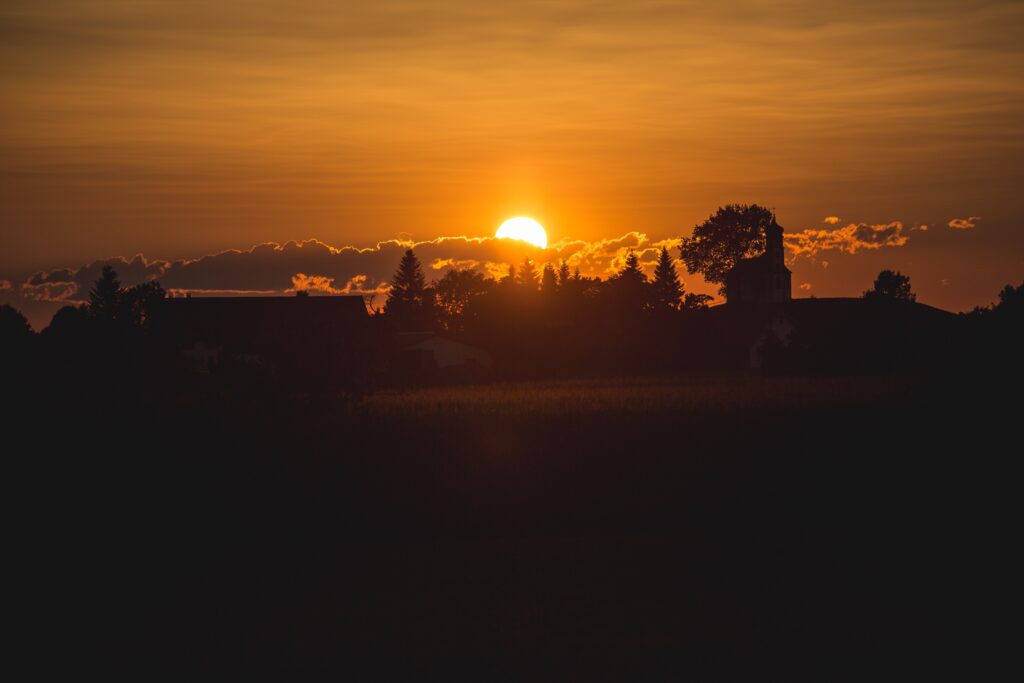
Importance of Eye Protection
When it comes to observing the sun, protecting your eyes is of utmost importance. The sun is incredibly powerful, and looking directly at it, even for a short period of time, can cause significant damage to your eyes. This article will outline the risks of sun gazing and the potential for permanent eye damage, as well as provide tips and guidelines for choosing the right eyewear, using solar telescopes and binoculars, practicing safe viewing techniques, and taking special considerations into account for children. We will also discuss how to prevent accidental glances, avoid harmful practices, and take care of your eyes after viewing the sun.
Risks of Sun Gazing
One of the main risks of observing the sun without proper eye protection is the potential for permanent eye damage. The sun emits powerful rays, including ultraviolet (UV) radiation and infrared radiation, which can harm the delicate tissues of the eyes. Staring at the sun can cause solar retinopathy, a condition in which the light-sensitive cells of the retina, known as rods and cones, become damaged. This can lead to a variety of vision problems, including blurred vision, distorted vision, and even permanent vision loss. It is crucial to understand the risks involved and take necessary precautions to ensure eye safety.
Permanent Eye Damage
Permanent eye damage is a serious consequence of sun gazing and should not be taken lightly. The effects of solar retinopathy may not be immediately evident, as symptoms can take hours or even days to appear. This is why it is crucial to protect your eyes whenever you are observing the sun. Ignoring the potential risks and failing to take precautions can have long-lasting, irreversible effects on your vision. Make eye protection a priority, and educate yourself and others about the importance of safe sun observation practices.
Choosing the Right Eyewear
To ensure adequate eye protection while observing the sun, it is essential to choose the right eyewear. Regular sunglasses or prescription glasses are not sufficient for protecting your eyes from the harmful effects of solar radiation. Here are a few types of eyewear specifically designed for safe sun gazing:
Solar Filters
Solar filters are special lenses that block out most of the sun’s harmful rays, allowing you to view the sun without risking eye damage. These filters come in various forms, including sheet filters that can be attached to telescopes or binoculars, and special glasses with built-in filters. It is important to ensure that the solar filter you choose meets the necessary safety standards and provides adequate protection against UV and infrared radiation.
Certified Eclipse Glasses
Certified eclipse glasses are designed specifically for observing solar eclipses, providing the necessary protection to view the sun directly during these rare events. These glasses are made with specialized solar filters that meet international safety standards. When purchasing eclipse glasses, always ensure that they are from a reputable manufacturer and have the appropriate certification to ensure their effectiveness.
Welding Glasses
Welding glasses, specifically those with shade number 14 or higher, can also be used for safe solar observation. However, it is important to note that not all welding glasses are suitable for this purpose. Make sure to choose glasses specifically designed for solar viewing and that meet the necessary safety requirements. Improperly selected or counterfeit welding glasses may not provide sufficient protection against solar radiation and can still put your eyes at risk.
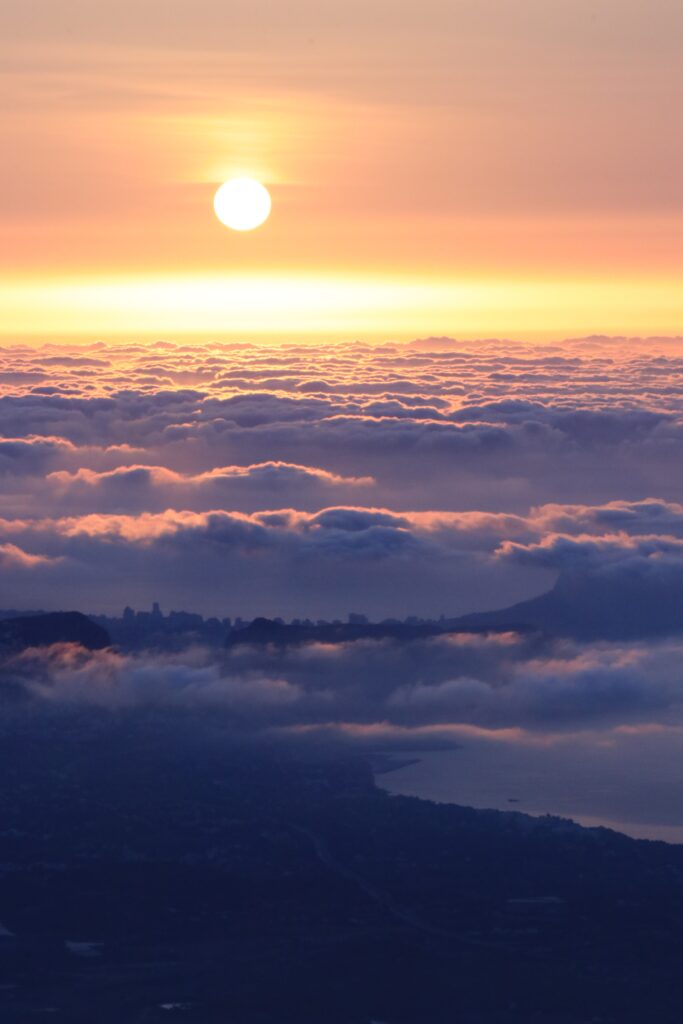
Using Solar Telescopes and Binoculars
Solar telescopes and binoculars are excellent tools for observing the sun in detail. However, it is crucial to use them in conjunction with proper eye protection to prevent any harm to your eyes. Here are some considerations for using solar filters with telescopes and binoculars:
Solar Filters for Telescopes
When using a telescope for solar observation, it is essential to have a solar filter in place to block out the majority of the sun’s harmful rays. Solar filters for telescopes are typically made of specialized materials that are designed to withstand the intense heat and light of the sun. These filters are available in different sizes and can be fitted onto the front end of the telescope. Always follow the manufacturer’s instructions when installing and using solar filters to ensure proper protection.
Binocular Filters
If you prefer to use binoculars for sun observation, you can also find specialized filters that can be attached in front of the lenses. These filters work similarly to solar filters for telescopes and are designed to block out the majority of the sun’s harmful rays while still allowing you to observe the sun’s features. Ensure that the binocular filters you choose are compatible with your specific model and provide adequate protection for your eyes.
Safe Viewing Techniques
In addition to using proper eyewear and filters, practicing safe viewing techniques is essential to minimize the risk of eye damage while observing the sun. Here are a few methods you can employ to view the sun safely:
Indirect Viewing Methods
One of the safest ways to observe the sun is through indirect viewing methods. This involves projecting the image of the sun onto a surface, such as a white piece of paper or a screen, using a pinhole projector or similar device. This way, you are viewing an image of the sun rather than directly looking at it, reducing the risk of eye damage. This method is particularly suitable for children and those who may have difficulty handling specialized eyewear or filters.
Projection Method
The projection method can also be used with telescopes or binoculars. Instead of looking through the eyepiece directly at the sun, you can project the image onto a surface and view it indirectly. This allows you to see the detailed features of the sun while still protecting your eyes. It is crucial to ensure that the projection is set up correctly and that the intensity of the projected image is not too bright, as this can still pose a risk to your eyes.
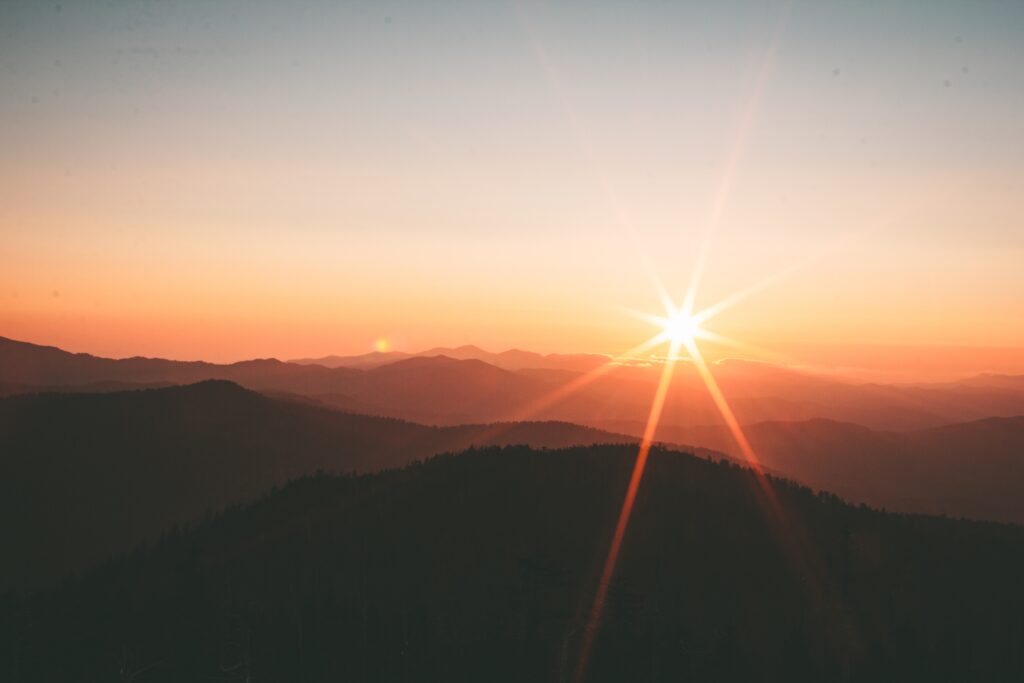
Timing and Location
Timing and location are factors that should be taken into account to ensure safe sun observation. Here are some considerations to keep in mind:
Sun’s Altitude and UV Exposure
The sun’s altitude plays a significant role in the level of UV exposure and the potential risk to your eyes. When the sun is lower in the sky, such as during sunrise or sunset, the UV radiation has a longer distance to travel through the Earth’s atmosphere. This means that the intensity of UV radiation is lower, reducing the risk to your eyes. However, even during these times, it is still essential to use proper eye protection.
Choosing the Right Time and Place
Choosing the right time and place for sun observation is crucial for ensuring optimal safety. Avoid observing the sun at its highest point during the day when the UV radiation is strongest. Instead, aim for early morning or late afternoon when the sun is lower in the sky. Additionally, find a location with a clear view of the sun and minimal obstructions, such as tall buildings or trees, that could block your view or cast shadows.
Special Considerations for Children
Children are more vulnerable to the harmful effects of solar radiation due to their developing eyes. It is important to take additional precautions when involving children in sun observation activities. Here are some special considerations to keep in mind:
Increased Vulnerability
Children’s eyes are still developing, and their natural lenses may not filter UV radiation as effectively as those of adults. This makes them more susceptible to damage from the sun’s rays. It is crucial to prioritize the safety of children and provide them with appropriate eyewear and filters when observing the sun.
Additional Precautions
In addition to using certified eclipse glasses, solar filters, or other appropriate eyewear, ensure that children understand the importance of not looking directly at the sun. Supervise them closely during sun observation activities and educate them about the risks and safe practices. Encourage them to use indirect viewing methods or projection methods to minimize the risk of eye damage. By taking extra precautions and fostering an understanding of eye safety from an early age, you can help protect children’s eyes while still allowing them to experience the wonder of observing the sun.
Preventing Accidental Glances
Accidental glances at the sun can happen, especially when observing its beauty or during moments of excitement. It is essential to educate others and create awareness about the dangers of sun gazing to prevent accidental glances. Here are a couple of ways you can contribute to eye safety:
Educating Others
By sharing your knowledge of the risks and safe practices of sun observation, you can help educate others and raise awareness about the importance of eye protection. Talk to your friends, family, and colleagues about the need for proper eyewear and filters when observing the sun. Encourage them to prioritize eye safety and provide them with the information they need to make informed decisions.
Supervising Children
When children are involved in sun observation activities, close supervision is crucial to prevent accidental glances. Children can be curious and may not fully understand the risks. Keep a close eye on them and remind them regularly not to look directly at the sun. Use indirect viewing methods or projection methods with children to minimize the chance of accidental glances and ensure their eye safety.
Avoiding Harmful Practices
While it is important to prioritize eye protection, it is equally important to avoid harmful practices that can still pose a risk to your eyes. Here are a few practices to avoid:
Using Sunglasses
Regular sunglasses, even those with polarized or UV-protective lenses, are not suitable for directly viewing the sun. They do not provide adequate protection against the intense solar radiation. If you are using sunglasses during the day, make sure they are solely for protecting your eyes from glare and not for sun observation purposes.
Smoking Lenses
Some people may resort to smoking the lenses of sunglasses or using other makeshift methods to dim the brightness of the sun. These practices are not safe and do not provide adequate protection against solar radiation. In fact, these methods can exacerbate the damage to your eyes by reducing the brightness without blocking the harmful UV and infrared rays.
Unsafe Filters or Glasses
Using counterfeit or uncertified filters or glasses can be incredibly risky. These products may not provide adequate protection against the sun’s rays, potentially leading to permanent eye damage. Always ensure that the eyewear and filters you use are from reputable manufacturers and have the necessary certifications to guarantee their effectiveness.
Post-Viewing Eye Care
Even with proper eye protection and safe viewing practices, it is crucial to monitor your eyes and take care of them after observing the sun. Here are a few post-viewing eye care tips:
Watching for Symptoms
After observing the sun, keep a close eye on any changes or symptoms in your vision. If you experience blurred vision, distorted vision, or any other visual abnormalities, it could be a sign of solar retinopathy or other eye damage. In such cases, it is important to consult an eye specialist for a thorough evaluation and appropriate treatment if necessary.
Consulting an Eye Specialist
If you have any concerns about your eyes or are unsure about the extent of potential eye damage from sun observation, it is always best to consult an eye specialist. An ophthalmologist or optometrist will be able to assess your eyes and provide expert guidance and advice based on your specific situation. They can also provide further information on how to protect your eyes during future sun observation activities.
In Conclusion
The importance of eye protection when observing the sun cannot be overstated. Sun gazing can lead to permanent eye damage, and it is crucial to take steps to ensure adequate eye safety. By choosing the right eyewear, using solar telescopes and binoculars with proper filters, practicing safe viewing techniques, considering timing and location, taking special considerations for children, preventing accidental glances, avoiding harmful practices, and practicing post-viewing eye care, you can prioritize the well-being of your eyes and enjoy the wonders of observing the sun safely. Remember, your eyes are precious, and protecting them should always be the top priority.
